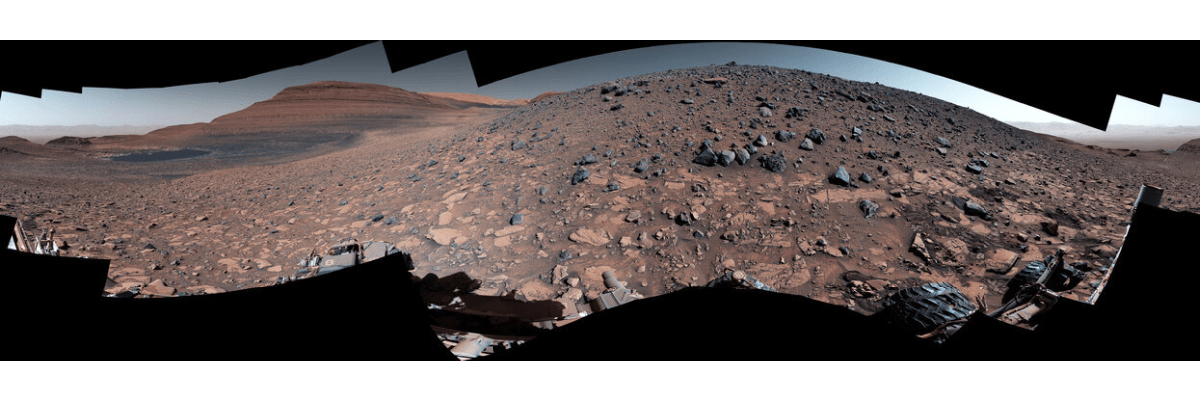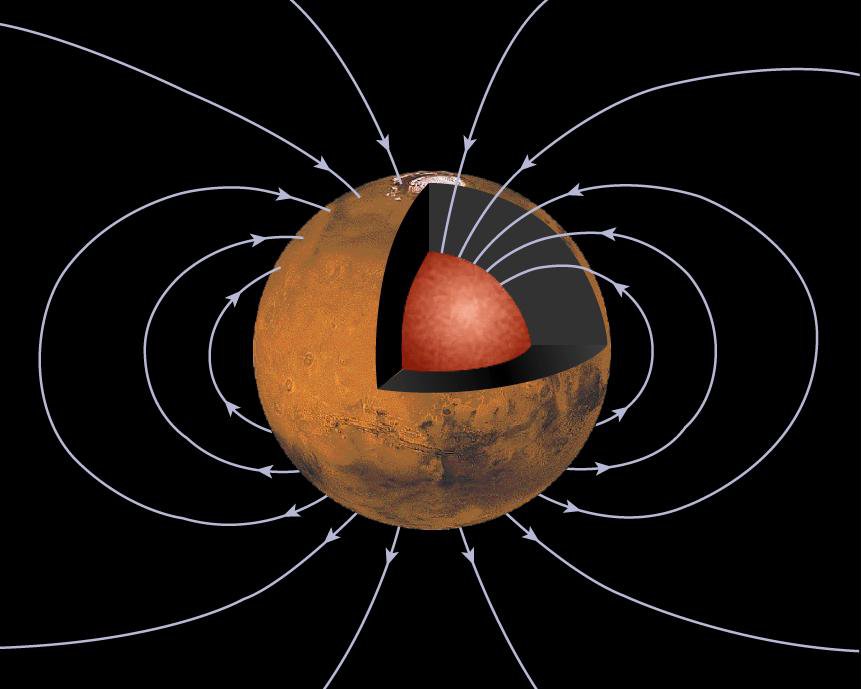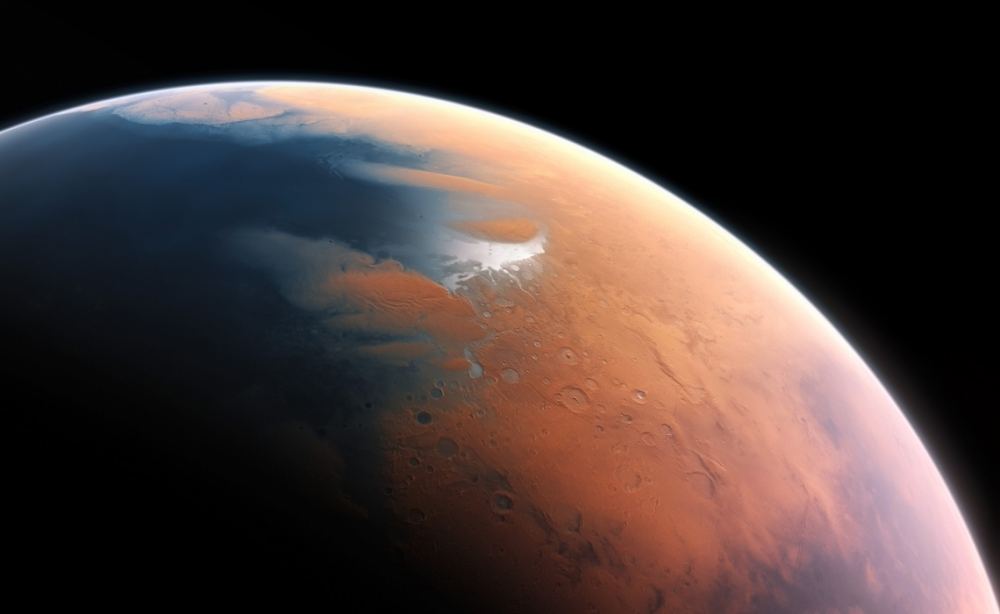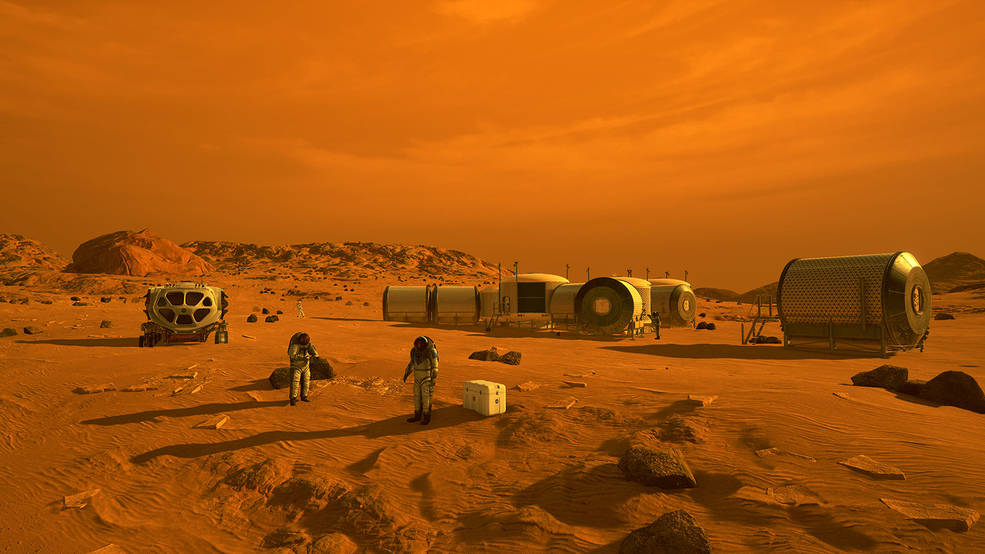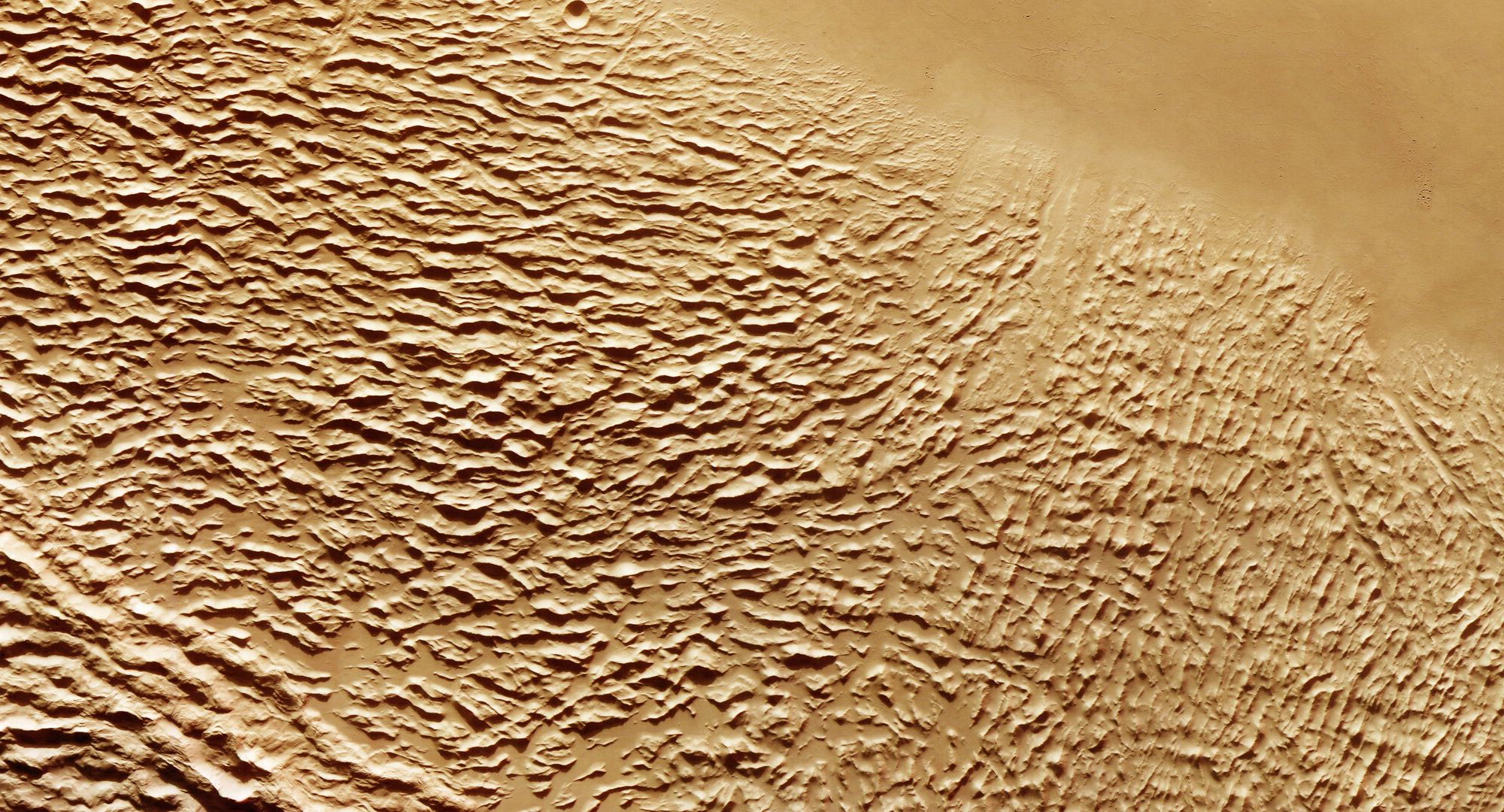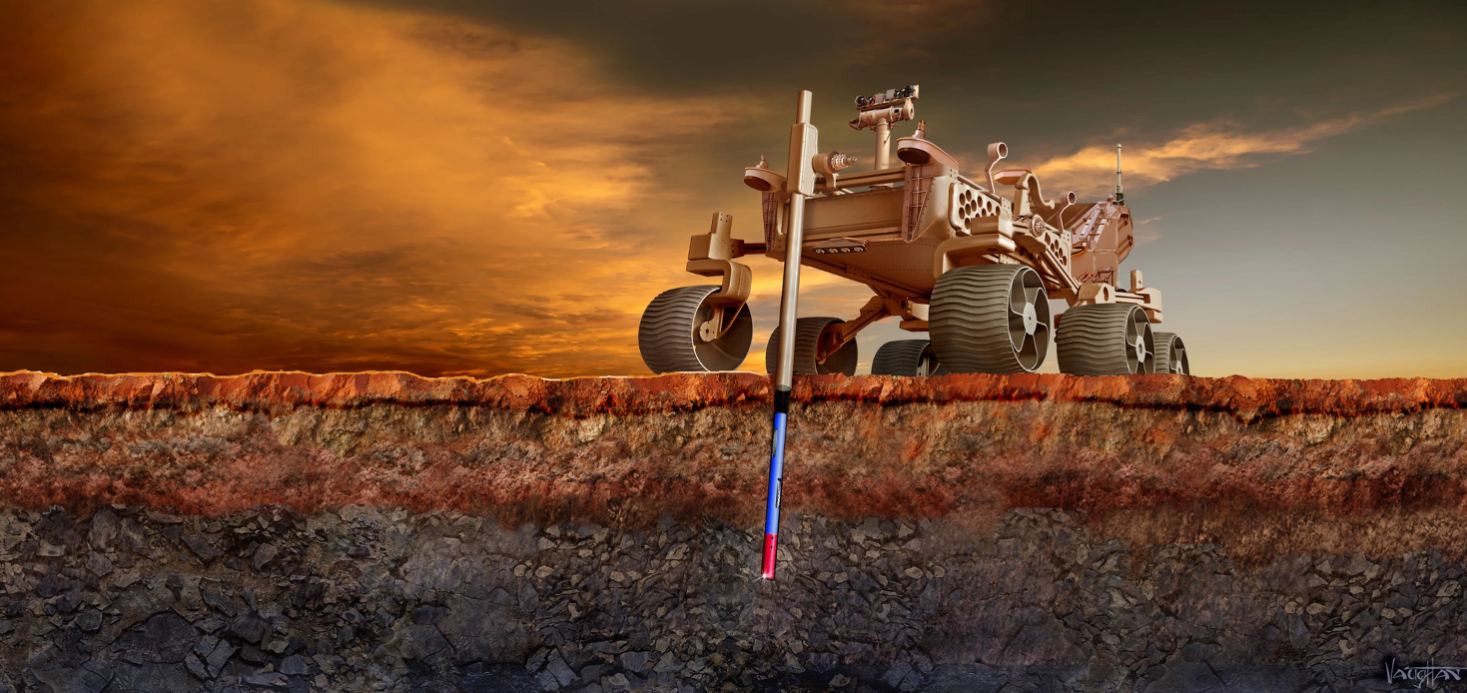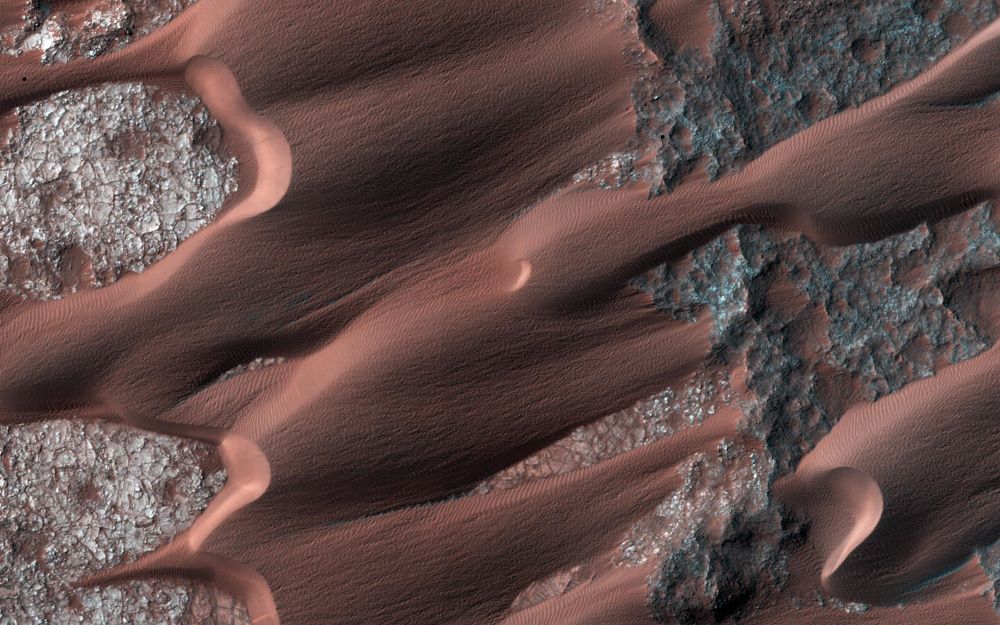The Search for Life is focused on the search for biosignatures. Planetary life leaves a chemical fingerprint on a planet’s atmosphere, and scientists are trying to work out which chemicals in what combinations and amounts are a surefire indicator of life. Martian methane is one they’re puzzling over right now.
But new evidence suggests that super-tiny amounts of DNA can be detected in Martian rocks if it’s there. And though it requires physical samples rather than remote sensing, it’s still an intriguing development.
Continue reading “Even Tiny Amounts of DNA on Mars Will Be Detectable”


